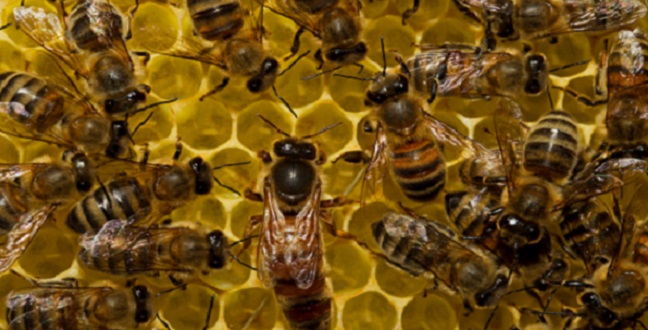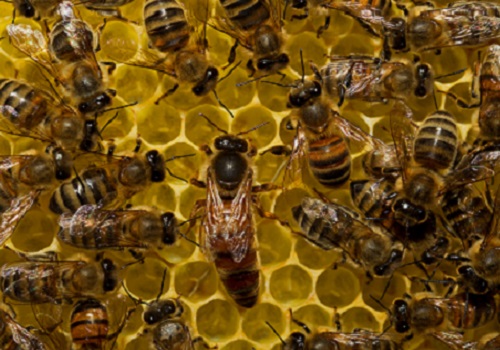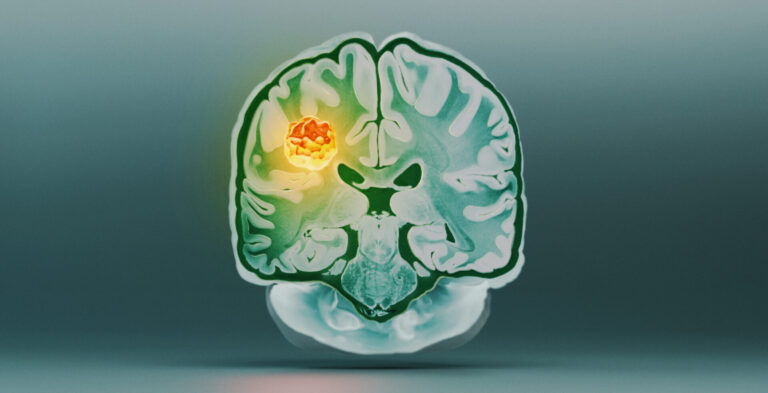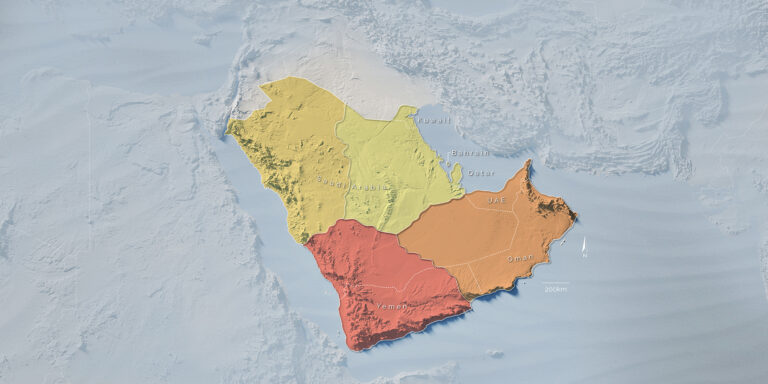Applied Mathematics and Computational Sciences
Honey bee behavior is in the genes
An integrated set of genetic mechanisms controls whether bees behave as foragers or nurses.


Worker bees start out as nurses tending the hive before moving to outside roles as foragers.
© 2015 Alamy
Apis mellifera, the European honey bee, has become a key model organism for deciphering the interplay between genes, behavior and the environment. A study led by KAUST researchers shows that genes play a large part in controlling the roles bees play during their life cycle.
With its complex social structure and well-understood genome, the honey bee is an ideal species for genetic research. As worker bees mature, they are observed to graduate from hive-bound “nurses” — tending larvae and maintaining the honeycomb — to outdoor guards or foragers. These behaviors correlate with different patterns of gene activity, but little was known about how the genes are controlled.
KAUST’s Vladimir Bajic leads an international team studying how genes instruct bee behavior. Bajic’s team cataloged genes known as differentially expressed genes (DEGs) that differed in activity between nurses and foragers1. More than 1,000 genes varied between the two bee roles, of which about 500 were more active in each group. In nurse bees, most DEGs were involved in nutrition, whereas in foragers, the DEGs had functions including growth, development and nervous system operation. This may indicate the wider range of complex mental tasks performed by foragers.
The researchers used a new technique called CAGEscan to analyze the genes. This technique sequences the region at the start of each gene, including its control sequences, which are called promoters.
They next identified 26 genes (also differentially expressed) encoding regulatory proteins known as transcription factors, which interact with promoters to switch the DEGs on or off. By matching short sequences called motifs in the DEG promoters to which corresponding transcription factors bind, they could determine which transcription factors control which genes.
As Bajic noted, “these motifs play a crucial role in understanding gene expression regulation, as they connect the regulated genes with the transcription factors that control them.”
The results suggest that a strikingly small number of transcription factors control the vast majority of behavior-specific genes in bees. In foragers, almost half the DEGs were mainly controlled by just five transcription factors representing a crucial set of switches managing bee behavior.
The team also found that many honey bee gene sequences contain multiple alternative start sites, some unique to either foraging or nursing bees. This is the first time such a mechanism has been linked to changes in behavior.
In honey bees, the genetic mechanisms uncovered by Bajic’s team are responsible for the perfect balance within the hive, where every bee has a specific role in maintaining a strong and healthy colony.
Bajic believes the team’s insights into the links between genetics and behavior have implications that “cannot be specific to honey bees… many behavioral characteristics of higher organisms could be controlled by gene expression patterns,” he said.
References
- Khamis, A.M., Hamilton, A.R., Medvedeva, Y.A., Alam, T., Alam, I., …& Bajic, V. Insights into the transcriptional architecture of behavioral plasticity in the honey bee Apis mellifera. Scientific Reports 5, 11136 (2015).| article
You might also like

Applied Mathematics and Computational Sciences
Realistic scenario planning for solar power

Applied Mathematics and Computational Sciences
Bringing an old proof to modern problems

Applied Mathematics and Computational Sciences
Accounting for extreme weather to boost energy system reliability

Applied Mathematics and Computational Sciences
Past and future drought patterns across the Arabian Peninsula

Applied Mathematics and Computational Sciences
New pattern for underwater resonators

Applied Mathematics and Computational Sciences
Finer forecasting to improve public health planning

Applied Mathematics and Computational Sciences
Global look at sex differences in young people's mortality

Applied Mathematics and Computational Sciences



